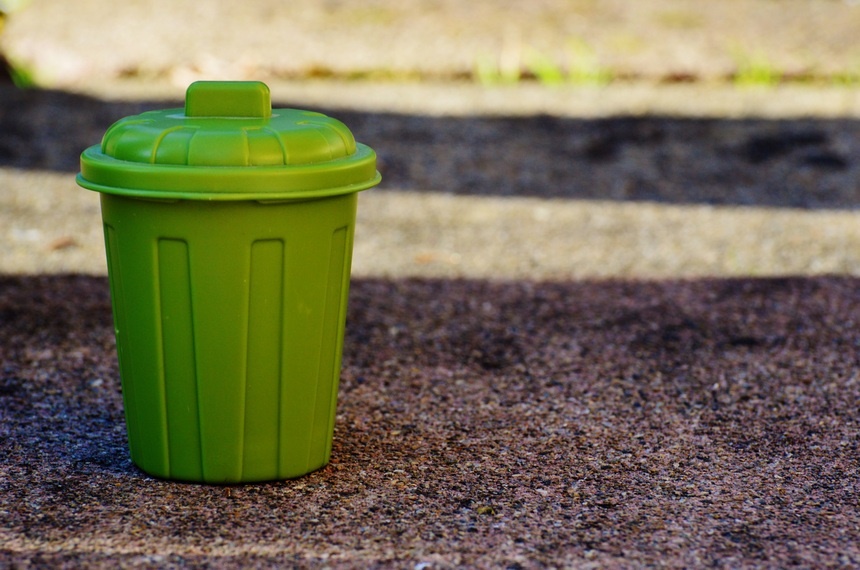
The importance of waste hierarchy in circular economy
Legal framework for treating waste in the EU is established in the Waste framework directive, which aims to protect the environment and human health, emphasize the importance of proper waste management, recovery and recycling to ensure resource efficiency and sustainable energy consumption in the EU. The Article 4 of the Directive introduced a highly influential notion of waste hierarchy, which has established an order of preference for actions in sustainable waste management in order to minimize the amount of waste generated and to improve overall waste management process.
In place of traditional waste management approach consisting of three R’s (Reduce, Reuse, Recycle), the European Union has introduced a more elaborate five-step waste management hierarchy, listing the actions in the order of priority, from most favourable to least favourable from the environmental perspective:
1. Prevention or reduction in waste generation includes practices such as using less material in design and production, stimulating the longer use of products and using less hazardous substances.
2. Preparation for reuse gives used products a second life before they become waste and includes practices such as cleaning, repairing or refurbishing products or their parts without other pre-processing.
3. Recycling involves any recovery operation through which waste materials are reprocessed into new products or raw materials. It also includes composting and other reuse of biodegradable waste, such as food or garden waste.
4. Recovery produces energy and materials from waste and includes predominantly incineration of residual waste that cannot be otherwise recycled, anaerobic digestion, gasification and pyrolysis.
5.Disposal of residual waste through landfilling and incineration without energy recovery.
The most preferable option is prevention, followed by a range of other options that should be applied where possible, before reaching disposal as the last resort. The aim is to extract the maximum benefits from products and materials all the while generating the minimum amount of waste.
Full implementation of waste management hierarchy will result in a number of benefits, such as:
•Lower the levels of greenhouse gas emissions and pollution
•Promote resource efficiency and cut costs
•Contribute to more sustainable energy consumption
•Stimulate the development of green technologies.
•Boost economy and create new jobs in resource management industry
According to the Directive, the waste hierarchy is legally binding, meaning that anyone disposing of waste must consider the hierarchy and seek the best possible option before turning to disposal. However, some cases may require departing from the hierarchy since sometimes the best option is dependent on specific conditions. This departure should be justified on the basis of life-cycle thinking, which considers the range of environmental impacts throughout the life of a product, along with different aspects of waste treatment from its production to its final fate.
Author: Ivan Petarčić (RRiF-plus d.o.o.)

Follow us on